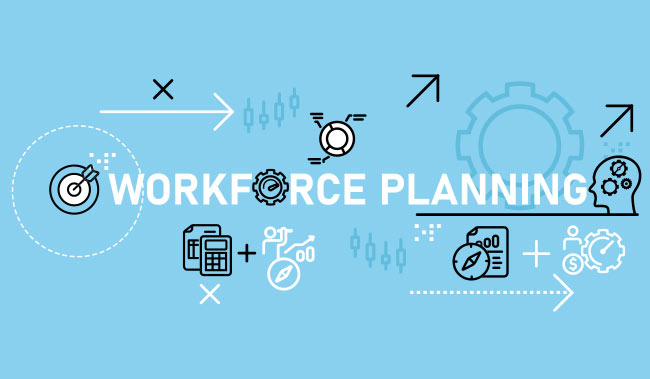22nd October 2025

What if your business could always predict how many staff you’ll need, weeks or even months in advance?
Workforce planning makes this possible by turning data into smarter staffing and scheduling decisions. In this article, we look at three key benefits of workforce planning and why it matters now more than ever.
Workforce planning transforms guesswork into precision. By using historical data, AI-driven forecasts, and real-time insights, organisations can determine exactly how many employees are needed for each shift, what skills they should have, and where they will have the greatest impact.
By doing this, you are:
For example, a contact centre can accurately staff multilingual teams based on expected call volume and skill requirements, rather than relying on rough estimates.
Modern workforce planning makes scheduling dynamic and responsive. Advanced platforms take into account:
This is in order to make create fair and balanced schedules. The flexibility not only ensures that shifts are always covered but also allows managers to adapt quickly when workloads spike unexpectedly.
Workforce planning provides a window into how operations are running, revealing trends and potential bottlenecks before they become problems.
Organisations can model different scenarios, track productivity metrics, and measure performance across teams or departments.
These insights enable proactive decision-making, helping businesses stay agile and maintain consistent service levels even in rapidly changing environments.
This article is a revised version of What Are the Benefits of Workforce Planning?, originally published by NiCE.
For more insights on Workforce Planning in the contact centre, read these articles next:
Reviewed by: Rachael Trickey